Geology
Explore Geology
Latest about Geology
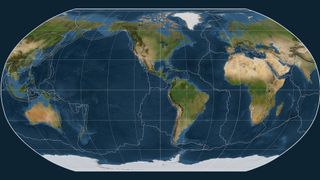
When did plate tectonics begin?
By Stephanie Pappas published
Earth surface is covered with rigid plates that move, crash into each other and dive into the planet's interior. But when did this process begin?
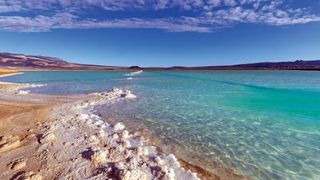
Huge lithium deposits are in Nevada. Here's why.
By Evan Howell, Eos.org published
Nevada is becoming a major producer of lithium, thanks to topography, climate, and geologic serendipity.
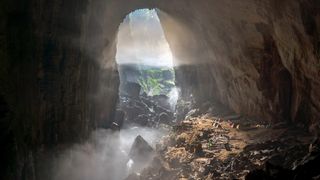
Hang Son Doong: The world's biggest cave, so 'outrageous in size' it fits 2 jungles and the 'Great Wall of Vietnam'
By Sascha Pare published
Vietnam's Son Doong cave is so large, you could squeeze 15 Great Pyramids of Giza inside it and fly a Boeing 747 airplane through some of its passages.
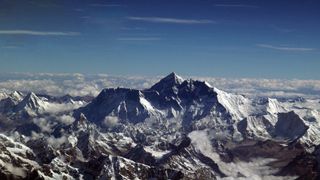
Will Mount Everest always be the world's tallest mountain?
By Katherine Irving published
The Himalayas' massive heights result from a unique combination of geologic factors.
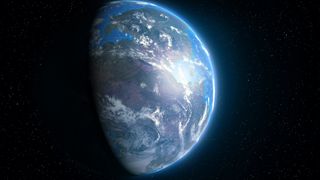
Earth's mantle is split into two halves thanks to supercontinent Pangaea
By Stephanie Pappas published
The mantle is split up into two domains — the African and the Pacific — that emerged when supercontinent Pangaea broke apart.
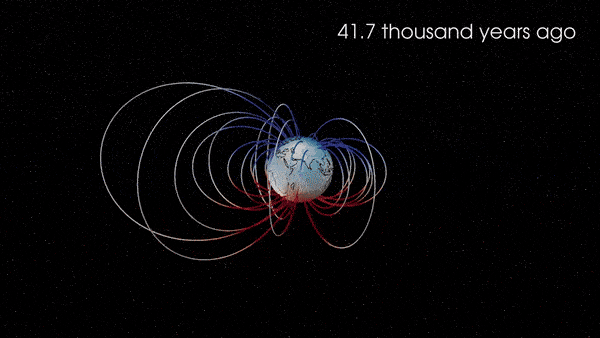
Listen to haunting sounds of Earth's magnetic field flipping 41,000 years ago in eerie new animation
By Harry Baker published
A new video shows how Earth's magnetic field weakened and warped before temporarily flipping during a recent "polar reversal event."

Which are rarer: diamonds or emeralds?
By Hannah Loss published
The rarity of precious gemstones comes down to the geologic process of their formation.
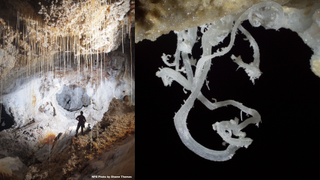
Carlsbad Caverns: New Mexico's otherworldly caves with gypsum flowers and 'soda straws' dangling from the ceiling
By Sascha Pare published
Carlsbad Caverns National Park in southeastern New Mexico is home to 119 known caves, including North America's largest cave chamber, the Big Room.
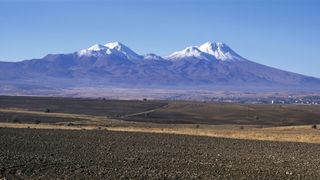
Earth's crust may be building mountains by dripping into the mantle
By Stephanie Pappas published
An odd phenomenon called lithospheric dripping might occur wherever mountains form.

Mystery iron-rich magma entombed in dead volcanoes could be rich source of rare earth elements
By Kimberly M. S. Cartier, Eos.org published
Experiments show how concentrations of rare earth elements, critical to the green energy transition, might be hiding in plain sight in iron-rich deposits around the world.
Sign up for the Live Science daily newsletter now
Get the world’s most fascinating discoveries delivered straight to your inbox.
